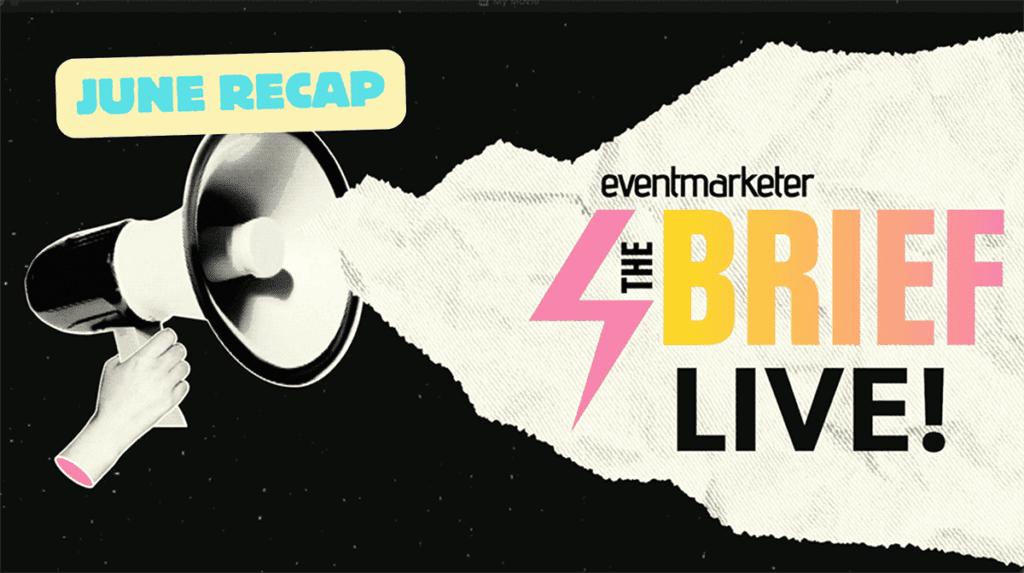According to a recent study released by Responsys, e-mail marketers are doing a poor job of making it easy for their recipients to opt out.
“Savvy marketers respect their email subscribers and provide relevant content to drive engagement—and they also let subscribers go when they’re not engaged,” said Ed Henrich, vice president of professional services at Responsys. “Marketers need to make it easy to unsubscribe and to re-subscribe when the time is right.”
After examining the e-mails from 100 major online retailers, Responsys found that 100 percent had unsubscribe links, 37 percent had change/manage preference links, 22 percent had change e-mail address links and 18 percent had subscribe links, which “capitalize on forwards,” according to the study. These often came with messages like “Did a friend forward this e-mail toy you? Sign up to get your own.”
The study noted that while some retailers like Overstock placed a “manage preferences” link at the top of their e-mails, all of the retailers studied had unsubscribe links at the bottom of their e-mails.
“That’s very interesting because I know that many e-mail marketers use top-of-e-mail opt-out links as a short-term fix for poor data streams or select campaigns,” said Stefan Pollard, senior strategic consultant at Responsys. “Clearly this tactic is just utilized less in the retail industry.”
In terms of formatting, 94 percent of the top 100 major online retailers used a text link only, due to the fact that about half of all e-mail users block images by default, according to the study. Three percent use multiple text links, 2 percent use an image-based button and text link and 1 percent use an image-based button only.
Though many retailers continue to utilize small font and stick these unsubscribe links in the middle of administrative text, Responsys has noticed more retailers using all caps, bold and different colored text or backgrounds to make their opt-out and management links stand out.
Opting out requires too many clicks, according to the study. In 2010, 2.4 clicks are needed to opt out of retailers’ e-mails, up 18 percent from 2008.
Responsys highlights a worrisome trend: in 2010, 39 percent of major online retailers required three or more clicks to opt out, up from just 7 percent in 2008. Meanwhile, 3 percent of these retailers required just one click this year, down from 9 percent in 2008. Fifty-eight percent require two clicks, down from 84 percent.
The company counted the click on the unsubscribe link in the e-mail as one click.
“While I believe two clicks is superior to one, anything beyond two clicks gets into the realm of creating a barrier to exit,” said Pollard. “If the unsubscribe process is complicated, confusing or too long, there is the ‘report spam’ button in their email client that overrides this problem and that button hurts a sender’s reputation and can prevent valued subscribers from receiving future messages.”
Reducing the frequency of e-mails is offered as an alternative to unsubscribing by 35 percent of major online retailers, up from 16 percent in 2008.
Meanwhile, 20 percent of opt-out confirmation pages or e-mails include surveys to understand the reasons for unsubscribing and gather suggestions for improvement, up from 11 percent in 2008.
The survey found that 88 percent of these retailers needed up to three days to honor opt-outs, which held steady from 2008.
Source:
 Network
Network

